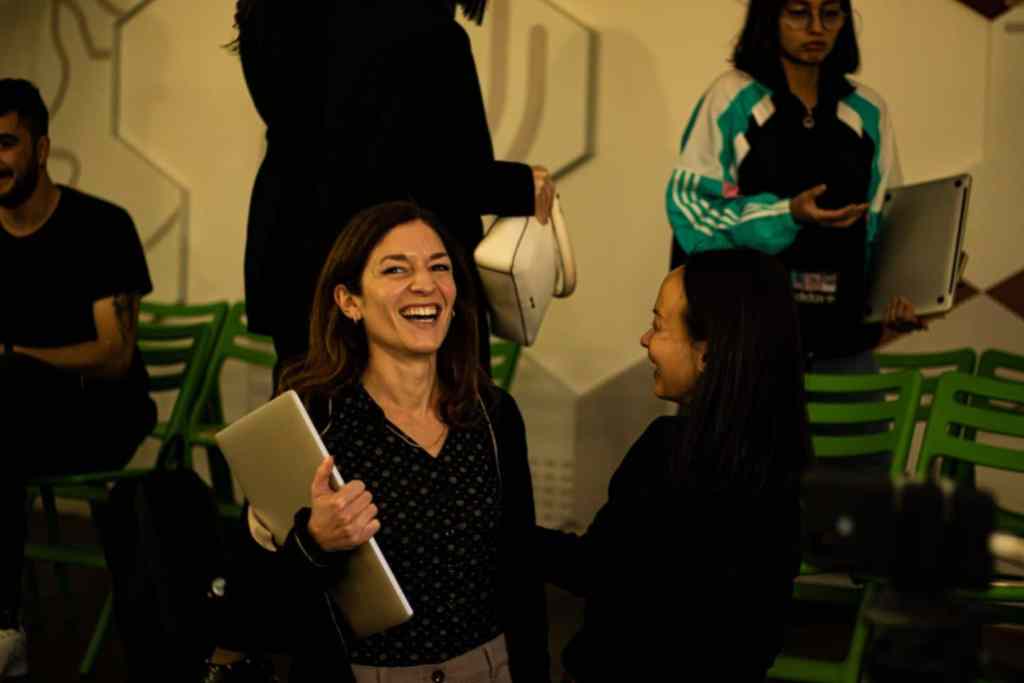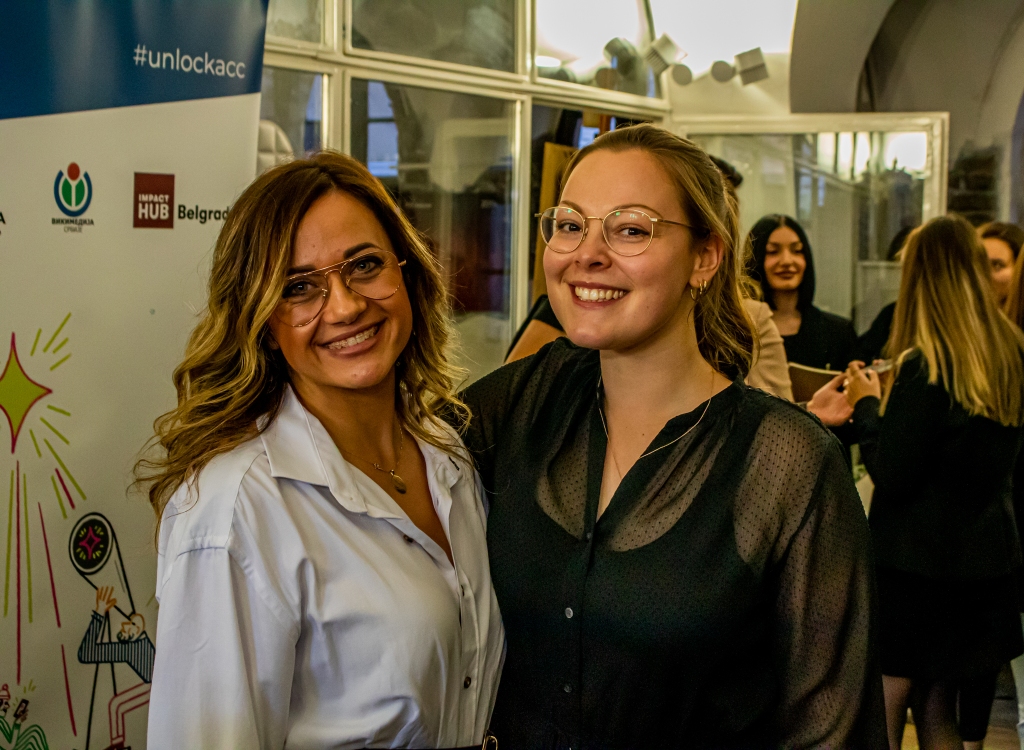Why partner in the first place?
There are many great reasons to set up a partnership across or even beyond the Wikimedia Movement for your program. Here are just a few of ours that we at Wikimedia Deutschland e.V. defined back at the start of the UNLOCK Accelerator 2022 edition.
We decided to partner with Wikimedia Serbia, well established in the Wikimedia community and with strong community building and program management skills; as well as with the Impact Hub Belgrade, a social entrepreneurship expert with a strong focus on coaching and mentoring. Both also acted as regional experts, bringing their knowledge and connections within the Western Balkans to the table; to add to ours, focused on the German-speaking region.
Did the collaboration prove to be a success? Oh yes!
Was it tricky at times? You bet it was!

Our tips to navigating challenges in an international & interdisciplinary collaboration
We already shared insights from the projects we were supporting in the program here and how they address the topic of Knowledge Equity here. The overall success of this year’s UNLOCK Accelerator program comes down to a team effort amongst the three collaborating partners. Not only could we successfully support the program participants, we had a great deal of fun along the way and learned a lot from one another. However, it wasn’t always smooth sailing, especially since we were working digitally all throughout.
Here are some of our best tips for setting up a successful international and interdisciplinary collaboration.
- Start strong: Never assume that all partners are on the same page right from the get-go. Onboarding is key. Start with a session to define your purpose and values. This will help everyone to see the big picture, commit to the cause and share ownership of the project. Align on values, openly share your strengths and weaknesses and define what you need for this partnership to be beneficial to all.
- Find a common language: Working across disciplines and countries you might find that you label things differently, making it hard to come to a common understanding and prioritization. Honestly, the best thing to do here is to talk, talk and talk some more. Run your ideas over with your partners, stress what is of particular importance to you, ask many questions. Don’t be afraid to voice concerns or point out differences. This is how you will get to the jist of the problem and figure out ways to smooth things out. As a bonus: If you are working remotely like us, try to squeeze in a physical meeting early on. Getting together for a beer can do wonders to the way you interact and speak to one another.
- Re-align often: Set up a clear working schedule (how often you meet, where and which tools to use, the purpose of each meeting). But be sure to also leave room for flexibility, especially when you tend to have different working modes between partners. Establishing a partnership requires regular check-ins – recalling whether we are doing it right. Debrief often. Accept when you need to adjust your way of working to make room for the needs of others.
- Share responsibility: Make sure that all roles and required activities are clearly understood. But remember that a balanced partnership does not mean we need to equally divide roles and responsibilities – rather to share them in a more equitable way based on various indicators, such as resources available, skills and expertise. Be clear on where you are co-creating and where you are working side by side. Don’t think you can control everything even if you have previously been the sole program owner. Practice letting go.
- Create a safe space: If you want to be a team and not just a group of partners, create an environment where you can pull from each other’s strengths and learn to deal with “clashes” that might come up – due to different mindset, cultures and practices that come up while collaborating. Embrace confrontation, build trust and openness.

The benefits of a successful international & interdisciplinary collaboration
We recommend thinking about how you want to set up your international or interdisciplinary partnership well in advance. If done well you will be able to build a true allyship that only grows stronger with time.
Our highlights were when we finally found a common groove and truly became a team that started performing as one. Each event from thereon out was a smooth process where we worked hand in hand, leveraging on our competences and trusting in each others’ expertise. This helped us to provide the participants with the support they truly needed. And to advance the program to a new level of international excellence.
Follow along the UNLOCK Accelerator or get in touch with the team at Wikimedia Deutschland e.V. and Wikimedia Serbia for more details and insights. We love sharing.

Can you help us translate this article?
In order for this article to reach as many people as possible we would like your help. Can you translate this article to get the message out?
Start translation